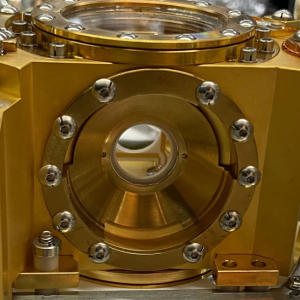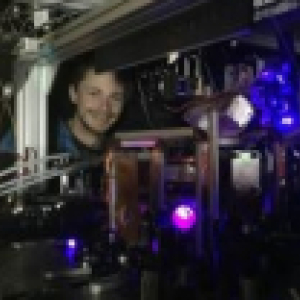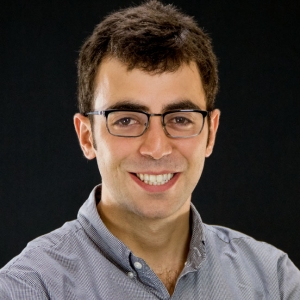News
: Cryogenic optical tweezer array
: Enhanced Rydberg dressing paper published!
: JILA Fellow and NIST Physicist and CU Boulder Physics Professor Adam Kaufman Honored with Prestigious PECASE Award
: JILA Alumnus Dr. Matthew Norcia is Awarded the IUPAP Early Career Scientist Prize in Atomic, Molecular And Optical Physics 2024
: JILA Graduate Student Aaron Young Wins 2024 Deborah Jin Award for Outstanding Doctoral Thesis Research in Atomic, Molecular, or Optical Physics
: Our paper on boson sampling with atoms has been published!
: Our paper using multi-qubit gates for optical clocks has been posted!
: Our realization of the omg-architecture in 171Yb is published in PRX!
: Aaron graduated!
: JILA and the University of Colorado Boulder Lead Pioneering Quantum Gravity Research with Heising-Simons Foundation Grant
: Our squeezing paper is published in nature!
: JILA Fellow and NIST Physicist Adam Kaufman is awarded a grant from the 2023 Young Investigator Research Program
: JILA Graduate Student Aaron Young is Awarded a 2022 University of Chicago Quantum Creators Prize
: JILA Fellow and NIST Physicist Adam Kaufman is awarded the 2023 I.I. Rabi Prize in Atomic, Molecular, and Optical Physics
: Our recent manuscripts from the Strontium experiment have been published!





















